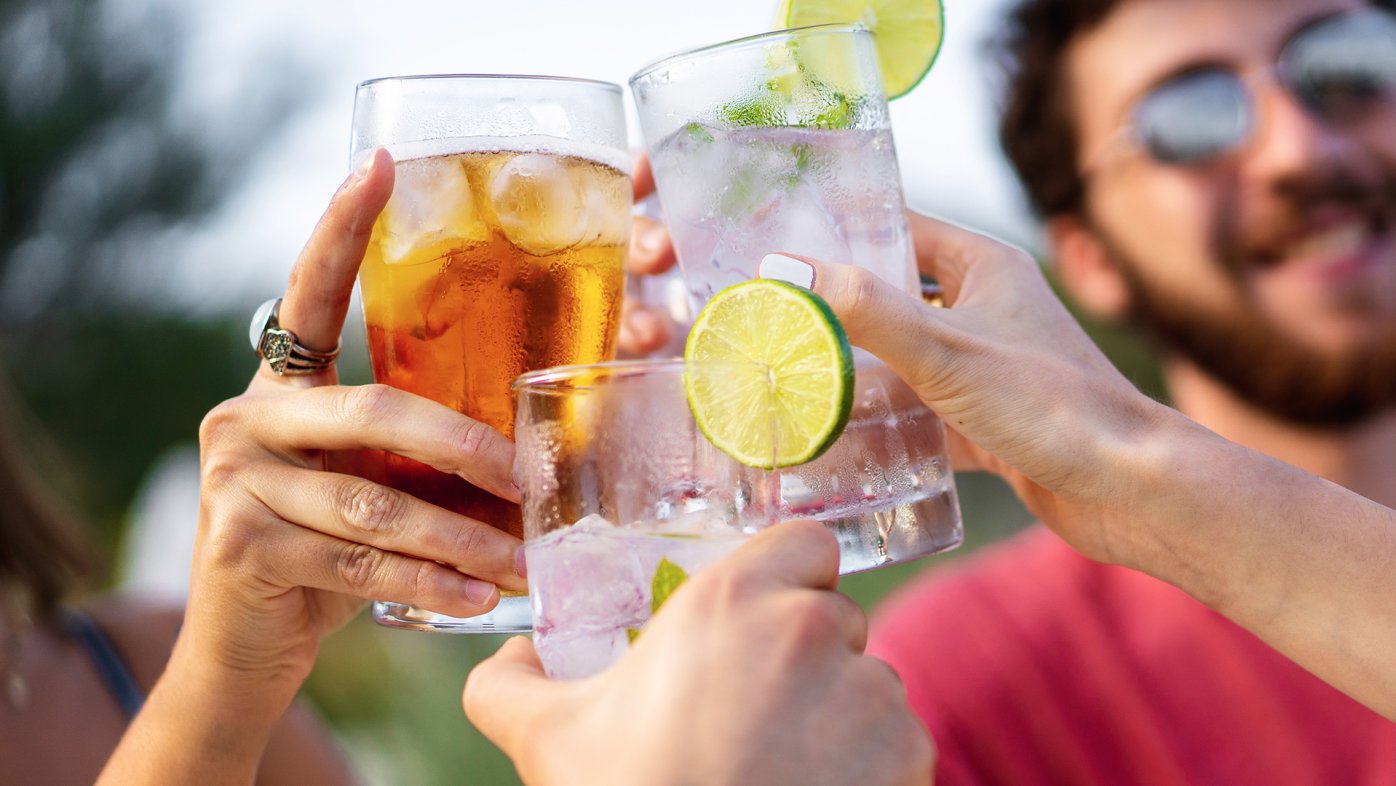
6 ways stopping drinking affects the body
From clearer skin to better sleep, skipping alcohol can improve your health in a multitude of ways.
Along with the pleasure of owning a swimming pool comes the responsibility of keeping it safe. According to the California Department of Developmental Services, drowning is a leading cause of injury-related deaths among children under age 5. Moreover, near-drowning incidents can leave victims with lifelong disabilities.
Dr. Hans Crumpler, a board-certified family medicine physician with SharpCare Medical Group, expands on the seriousness of pool safety. “Drowning is a leading cause of death among very young children,” he says. “When kids are unattended and fall into a pool or tub or other body of water, they might not have the strength, agility or recognition to pull up their heads.”
Surprisingly to many, even the smallest amount of water can be dangerous. “As little as an inch of water can be deadly, especially for infants and toddlers,” Dr. Crumpler says. “A child’s lungs can fill with water in a matter of seconds. If the child cannot breathe, brain damage or death can occur within minutes.”
Simple steps for a safer pool
Thankfully, there are many ways to make your pool a fun-filled and safe space. While you’ll need to choose options that fit your specific pool or lifestyle, it’s always a smart idea to have many safety functions enabled at once. And while devices can help create a safe space, nothing replaces parental supervision and teaching kids how to swim.
Physical barriers:
Fencing with a high, strong and reliable lock.
A pool cover fitted to your pool.
A pool net with a functional locking system.
Alarms:
Floating above-surface alarms that detect water movement.
Below-surface alarms that mount on the side of the pool.
Smart alarm technology with features that can include underwater cameras, round-the-clock alerts, and notifications that can be accessed from anywhere.
Safety equipment:
Life hooks, commonly used by lifeguards, that can be extended to struggling swimmers.
A pool rope and float kit that can divide the water and offer something safe to hold on to.
Buoys that create safe stations to grab when needed.
Personal floatation devices, including life vests, full-body floatation suits and inflatable swim bands.
San Diego summers are known for fun in the sun and in the water. Keeping everyone safe around your pool is Job No. 1. There are great ways to do this, but they are not a replacement for an adult who monitors the play and activities in and around your pool.
Dr. Crumpler cautions: “Realize not everyone will watch your child as you do. Even when lifeguards are present, no one can watch your kids as closely as you can. Swimming pools and beaches are bustling with people and activity. Be your child’s No. 1 lifeguard.”
Learn more about parenting; get the latest health and wellness news, trends and patient stories from Sharp Health News; and subscribe to our weekly newsletter by clicking the “Sign up” link below.
Our weekly email brings you the latest health tips, recipes and stories.